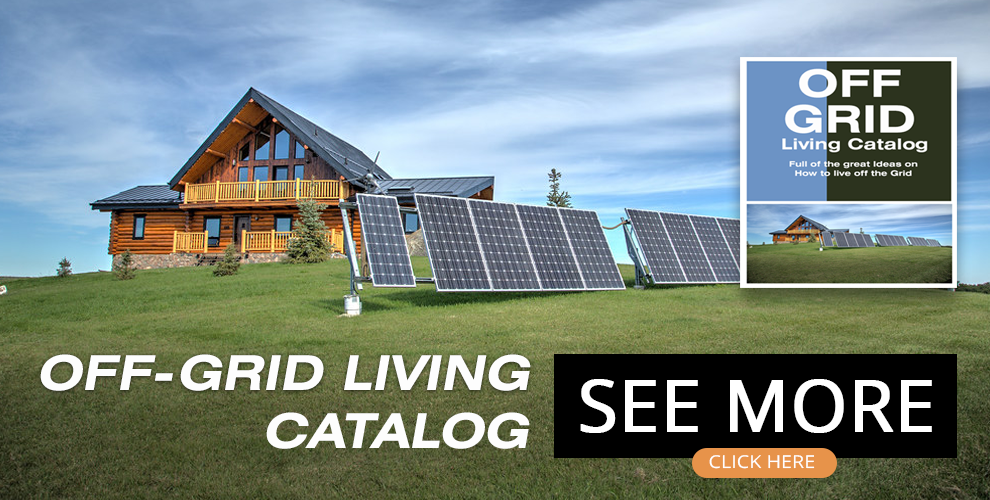Living in a Garden Oasis: The Delights and Surprises of Giant Greenhouse Living
Living in a Garden Oasis: The Delights and Surprises of Giant Greenhouse Living.
This big greenhouse built around a house is the home for a family of 7
You’re invited to explore this big greenhouse built around a house.
For more info visit https://www.kaseco.plus/en
Text provided by the owner/architect
The first autonomous bio-ecological greenhouse in Belgium
The Kaseco greenhouse …
• is autonomous and energy-friendly
• is bio-ecological
• lives up to the cradle-to-cradleprinciples of circular construction
The principles behind the autonomous bio-ecological greenhouse
Our greenhouse is unique in living an autonomous life. As such it completely fits into the rapidly growing off-grid lifestyle in which we choose to be self-sufficient and independent from suppliers or gas, water and electricity connections.
Bio-ecology
Building according to bio-ecological principles we aim to use as many natural and cultivable construction materials as possible. Those have the advantage that they have unlimited supply and that their extraction process is less or not harmful to the environment. By building bio-ecologically we ensure more harmony between human and environment: a healthy mind in a healthy body can thrive fully in healthy surroundings.
Circular construction
We build according to circular economy principles, also called circular economy. That means that we do not exhaust any or the least possible raw material supplies and so we have to think about the choice of materials for the greenhouse from the start of construction. In the world of design and construction the German chemist Michael Braungart and the American architect William McDonough translated this principle to the cradle-to-cradle philosophy in which they chose to use materials that could be used again in the future for other projects without quality loss.
IS THE PURCHASE OF A GREENHOUSE MUCH MORE EXPENSIVE? ON THE CONTRARY …
We made some calculations purely on the basis of the house itself (without the price of land). This way you can see that the greenhouse is barely more expensive than the classic compact house and that after a couple of years you have recuperated the additional charge. With the rising energy prices this recuperating effect is only accelerated. Even more so: it is the intention to create an energy surplus. Once in this situation we can reconnect to the network and offer this energy – preferably to the underprivileged or people who can use it best.
ISN’T THE GREENHOUSE TOO HOT IN SUMMER?
NOT WARMER THAN IN ANY OTHER HOUSE.
Yes, it will be hot in the greenhouse. But do not forget that we don’t live in the greenhouse, but in the house within the greenhouse – a remark we also make when being asked about the cold.
The greenhouse is ventilated by opening the ridges in combination with cooled air from Canadian wells under the ground. Like most people we stay outside in the shade or inside the house in the cooled space when it’s hot. The trick is to keep the doors and windows of the house closed so that the water pump can do its job. Furthermore we will sleep downstairs, in the rooms staying cool that way.
ISN’T THE GREENHOUSE TOO COLD IN WINTER? NOT AT ALL. REMEMBER: WE LIVE IN THE HOUSE, NOT IN THE GREENHOUSE.
Indeed, the greenhouse will mainly follow the outside temperature but, just like we emphasized when being asked about the heat: we live within the house, not within the greenhouse. The house itself is designed in such a way that it warms up very slowly and cools off very slowly. By the time the house is really cooled off, dawn breaks and we can enjoy the heat of the sun – even in winter.
What about hail or storm?
THE GLASS OF OUR GREENHOUSE HOUSE IS AS STRONG AS THE WINDSHIELD OF A CAR.
The roof is made of laminated glass. That is as strong as the windshield of a car. You have as much chance of breaking glass as you do with a car and it is very rare. The side walls are made of single glass, although the bottom two meters are tempered. The risks are no greater than breaking glass with your car or in your home.
Who does the window cleaning?
ONCE A YEAR, BY A SPECIALIZED COMPANY, WITH WATER
So many windows to patch, you might think. But don’t compare the glass panes of the conservatory with, say, the window of your kitchen, which becomes damp or greasy with oils or grease. Of course, the glass walls gather dust and sometimes a leaf sticks to them or we are sometimes the target of a bird that gives everything free rein. Just like a car parked outside. That is why we have the conservatory and the glass thoroughly maintained once a year by a specialized company. Cleaning is done with water only.
Credit to : Mindful Building and Living

